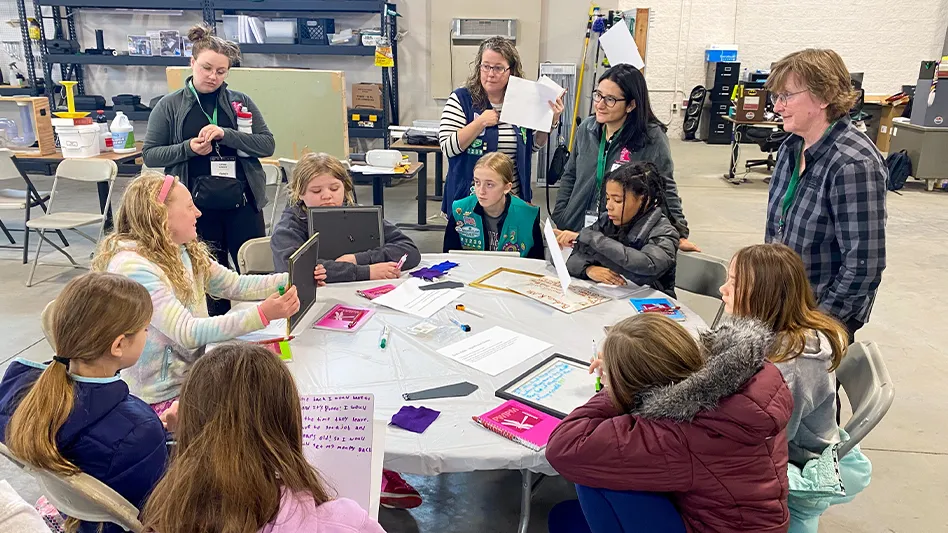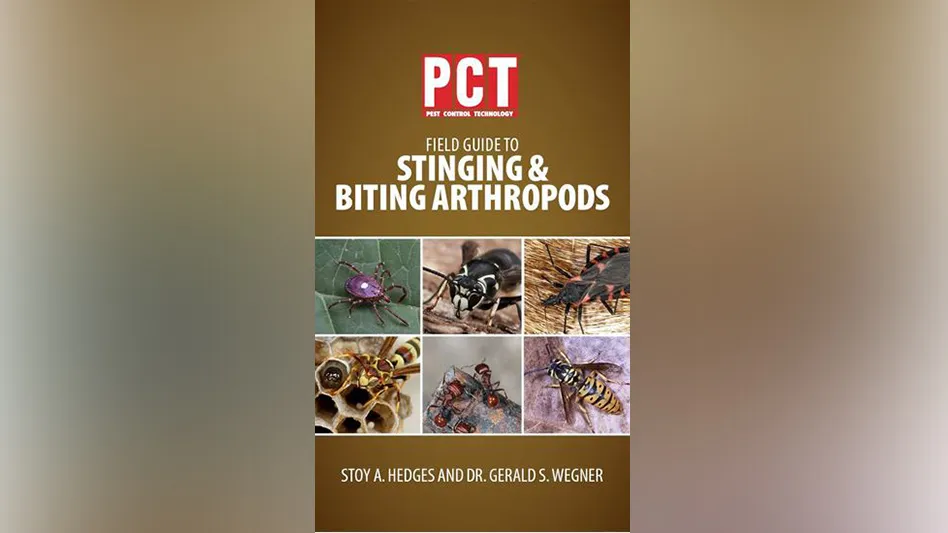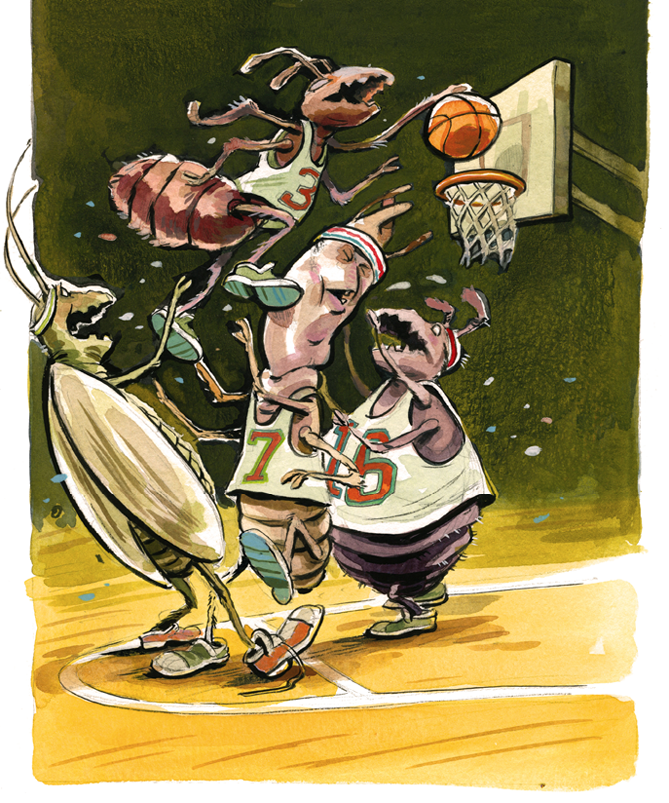
In a moment of madness, with college basketball wrapping up and warm-weather pests starting their own full court press, water-cooler talk at PCT turned to this: What if structural pests had their own play-off bracket? Which pest would win and be crowned national champion?
That started some heated discussion and before you could say “it’s game time,” we were calling technical directors at the industry’s biggest companies to get their takes on top competitors. They debated the pests that generate the most service revenue, are the most difficult to control and cause the most customer concern, then helped us narrow down a not-so-sweet-16 list to four final teams. What follows is our final scouting report.
ARGENTINE ANTS. Ants in general are Americans’ top pest concern for 2018, according to a survey from Atlanta-based Arrow Exterminators; technical directors said they make the phones ring and often generate the most revenue.
But one ant in particular stands above others: the Argentine ant. It is the pest ant in California and dominates the Southeast as well. It’s also one of the hardest ants to control with colonies that can grow to tremendous size.
“From a service standpoint, it’s our number one for callbacks,” said Stephen Gates, vice president of technical services at Cook’s Pest Control. The Decatur, Ala.-based company puts more resources into researching and testing products to control Argentine ants than any other pest, he said.
“It’s just a battle,” said Paul Curtis, director of technical services at Terminix International, of controlling the pest. It’s more realistic to create a control zone for the customer rather than to eliminate the ants from the property, he explained.
Argentine ants “drive the lane” and without a maintenance program “they’ll just keep coming back,” agreed Mark Ringlstetter, director of training and technical services at Truly Nolen of America.
BED BUGS. Terminix International named bed bugs the 2017 pest of the year. According to a company study, Americans searched online for information about the pest more than 7.3 million times, more than for any other pest by far.
A cryptic offense makes it hard to beat. “When you let your guard down, that’s when they attack,” said Mark Beavers, managing director of technical services at Rollins Inc.
Curtis called bed bugs a “real wild card” as “they’re extremely adaptable.” They can quickly build resistance to pesticides, even changing physically in this pursuit. “Even if you feel like you have a successful (control) strategy today, that might not work tomorrow,” he admitted.
Others cited a high rate of re-introduction, growing litigation concerns and the extra time it can take to convince clients their problem is solved. “Bed bugs get a lot of rebounds,” admitted Kevin Hathorne, technical director at Terminix Service in Columbia, S.C. Still, the industry is better at controlling the pests now than it was, said Jim Fredericks, who leads technical and regulatory affairs at the National Pest Management Association. As such, he thinks bed bugs “might be a little overrated” in this competition.
GERMAN COCKROACHES. Cockroaches transmit disease and can trigger asthma attacks in children. They’re the fourth-highest pest of concern in the U.S. and number one in the South, found the Arrow Exterminators survey. The Terminix study found Americans searched online for information on roaches more than 1.5 million times last year.
But of all roaches, the German cockroach has the most game, said experts. It is pervasive, persistent and remarkably resilient, despite the industry’s best efforts. And the clever pests are highly adaptable. “As quick as they reproduce, they can change on the fly,” said Gates.
German cockroaches can hitchhike in on infested materials and swiftly take command of the court through “prolific” play, said Ringlstetter. People exacerbate the problem by “bug bombing,” which pushes them further into the walls. “They’re constantly driving to get inside and are always known to be a little dirty,” agreed Beavers. German cockroaches are “incredibly tough to keep on the perimeter,” he said.
Don’t discount this pest, cautioned Curtis. German cockroaches were number one for “a very long time before ants knocked them out of their top seed.”
“There’s a reason they’ve been around for as long as they have,” Ringlstetter said.
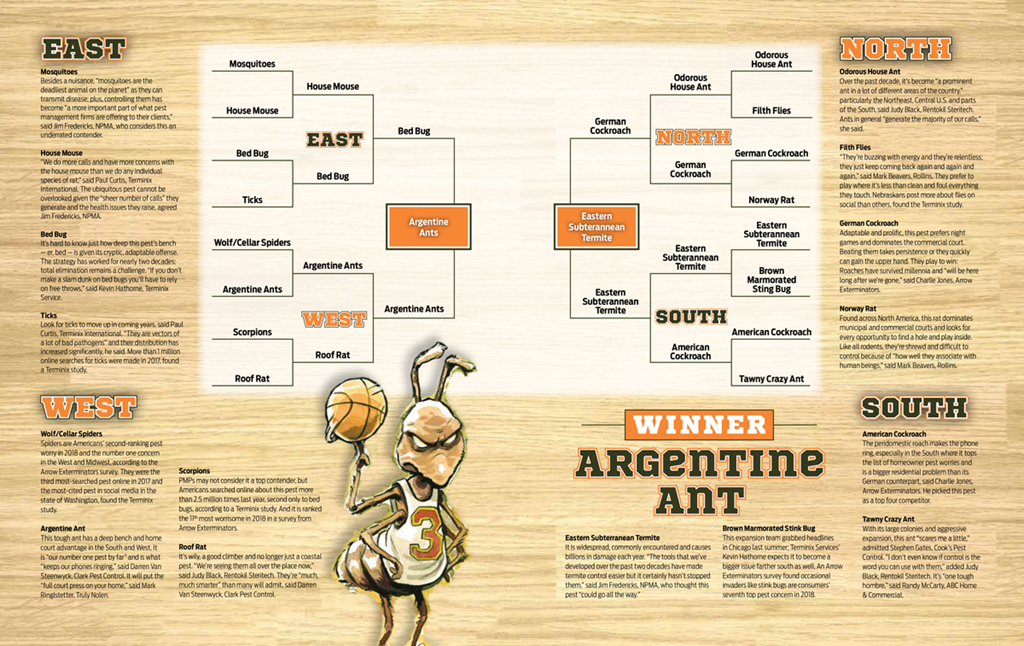
EASTERN SUBTERRANEAN TERMITE. Causing billions of dollars in structural damage each year, these WDOs are the most encountered and the most widespread termite species, said Fredericks.
They’re the “all-time leading champs” of the Southeast and the number one revenue generator for Terminix Service, said Hathorne. Even on the West Coast, the pests make up “a significant portion” of business at Clark Pest Control, said Technical Director Darren Van Steenwyck, based in Lodi, Calif.
Despite this, the Eastern subterranean termite has a public awareness problem: According to the survey conducted for Arrow Exterminators, only 11 percent of adults are concerned about termites, said Charlie Jones, who heads operations for the company.
That number is “shocking,” considering the “massive amounts of damage” that termites cause and that it is a pest most Southeast homeowners “are going to encounter at some point,” he said. Awareness may have dimmed because people are moving from areas where termites aren’t a big deal or they don’t have that personal experience of termites swarming in homes. “I think swarms really increase the awareness and we’re just not seeing as many as we used to,” he said.
As such, Jones considered the Eastern subterranean termite to be “the true Cinderella team of this tournament.” Hathorne predicted, “Termites will not only dominate the court but they will eat it.”
THE BATTLE OF THE MILLENNIA. Which two pests were most worthy of advancing to the national championship? Technical experts had strong opinions. Some pitted German cockroaches against Eastern subterranean termites, bed bugs or Argentine ants in the ultimate pest match up. Others said the big game would feature the up-and-coming roof rats versus Argentine ants or mosquitoes.
But the majority said it would all come down to a battle of the millennia: Eastern subterranean termite versus Argentine ant. “Mike (Bentley) and I had a heated discussion about this” over lunch, said Fredericks of his entomologist colleague at NPMA. Both agreed these two pests deserved to be in the championship round because their social structure allows them to “operate not as individuals but as a super organism,” resulting in strong team play, he said. They disagreed, though, on who’d win: Bentley chose ants, Fredericks picked termites, both keeping true to their graduate research allegiances.
A lot depends on which pest has home-court advantage, said Hathorne, who felt termites “ultimately would come out on top” in this battle of “mortal enemies” as they definitely “hold their own” in a contained environment.
“Termites are defensive in nature” and their large numbers help them recover rapidly when all seems lost, said Beavers, who considered them the “dark horse” in the competition. By contrast, ants are highly mobile, can brave the elements more easily and will pick off and eat termites at every opportunity, admitted Hathorne. They’re aggressive, “strong for their size and not intimidated by larger opposition,” Beavers added. And their “sheer number” is overwhelming, said Gates.
It’s a battle of “a classic offense versus a classic defense,” explained Beavers.
It’s a debate that could have gone on and on, so with deadlines looming we tallied up the top picks of the technical directors we interviewed to determine this year’s winner of the PCT National Pest Championship. We’re proud to announce that team is — drumroll, please — the Argentine ant.
Editor’s note: What do you think? Do you agree that the Argentine ant is Number 1? Or are we telling a “tall” tale? Vote at www.pctonline.com/polls and let us know your thoughts!
The author is a frequent contributor to PCT.
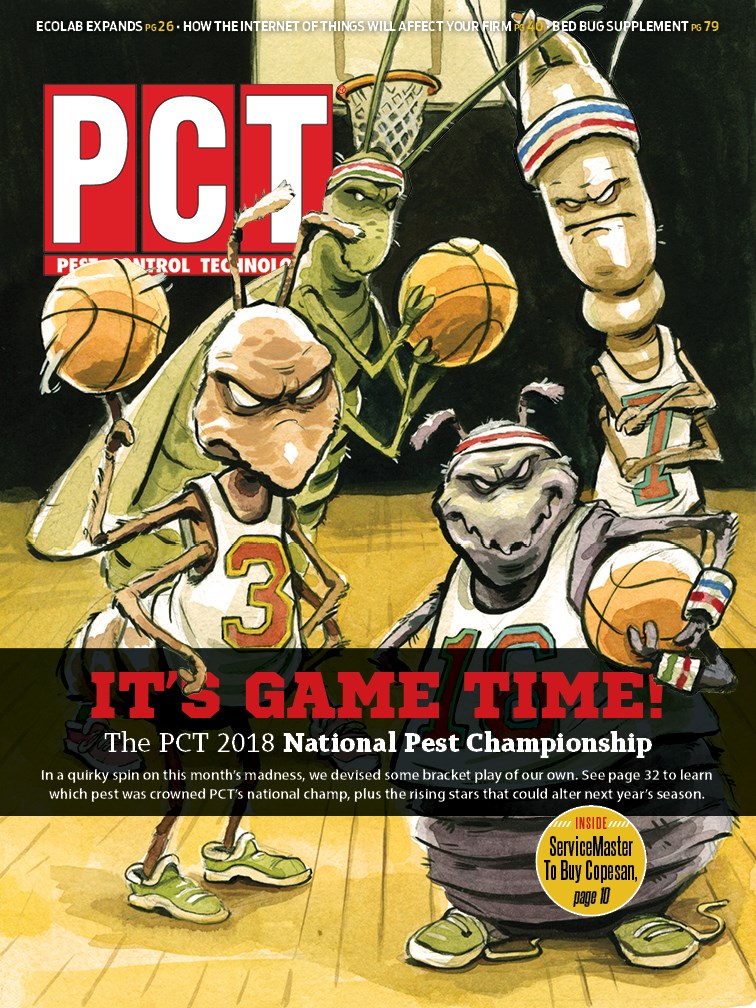
Explore the March 2018 Issue
Check out more from this issue and find you next story to read.
Latest from Pest Control Technology
- Gaining Control of Structure-Infesting Carpenter Ants
- Big Blue Bug’s Brian Goldman Receives Rhode Island Small Business Person of the Year Award
- UF Researchers Examine How Much Bait it Takes to Eliminate a Subterranean Termite Colony
- Women in Pest Control Group Continues to Grow, Provide Opportunities in the Industry
- NPMA Announces Results of 2024-2025 Board of Directors Election
- Massey Services Acquires Orange Environmental Services
- Hawx Pest Control Wins Bronze Stevie Award for Sustainability
- Abell Pest Control Highlights Growing Tick Activity Across Canada



